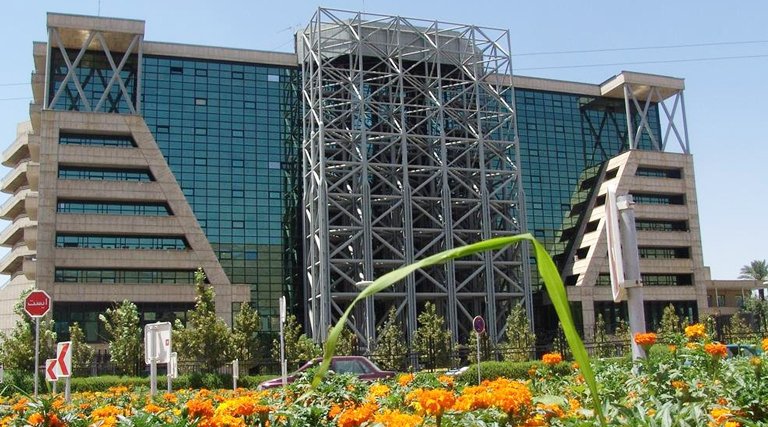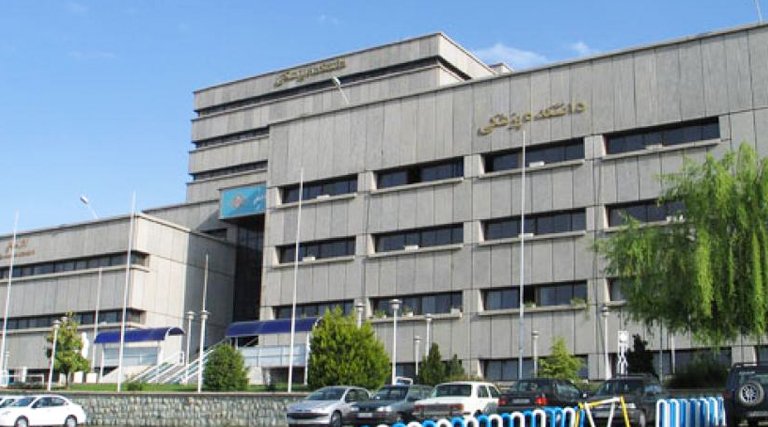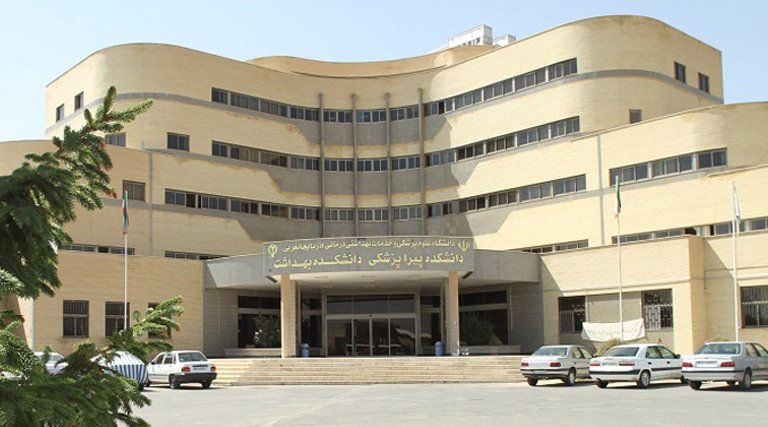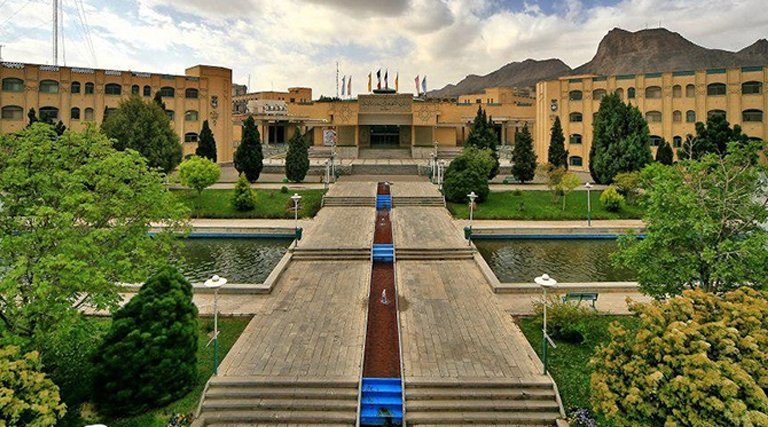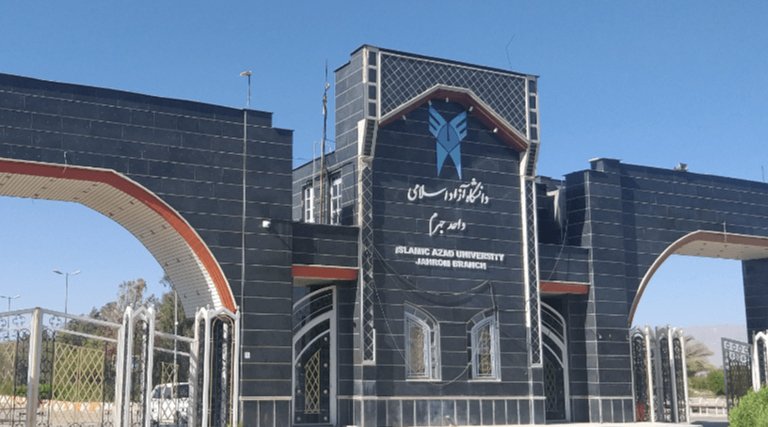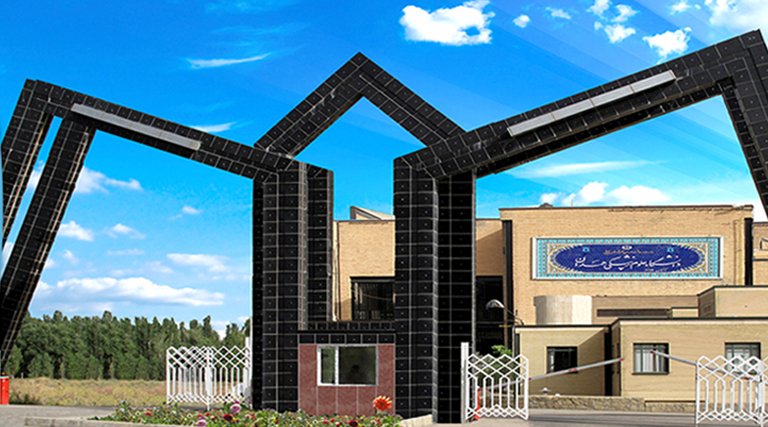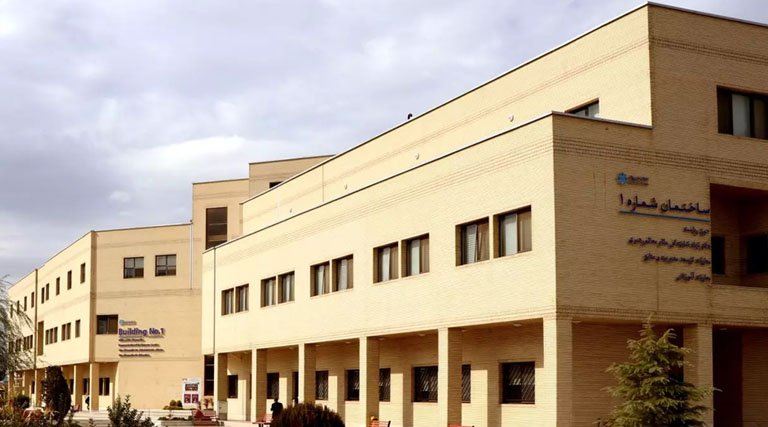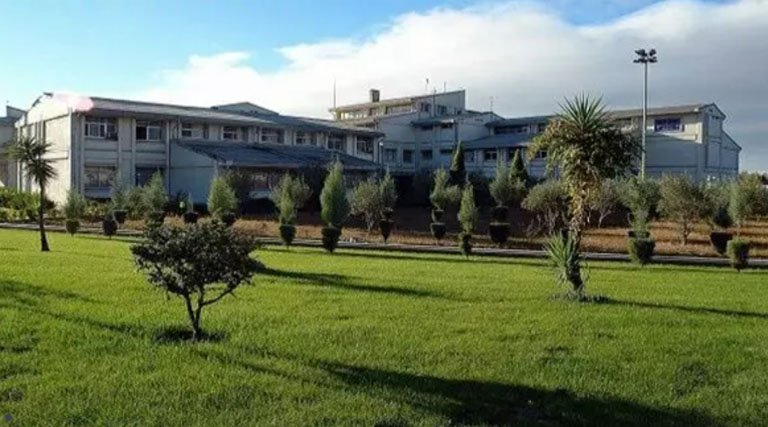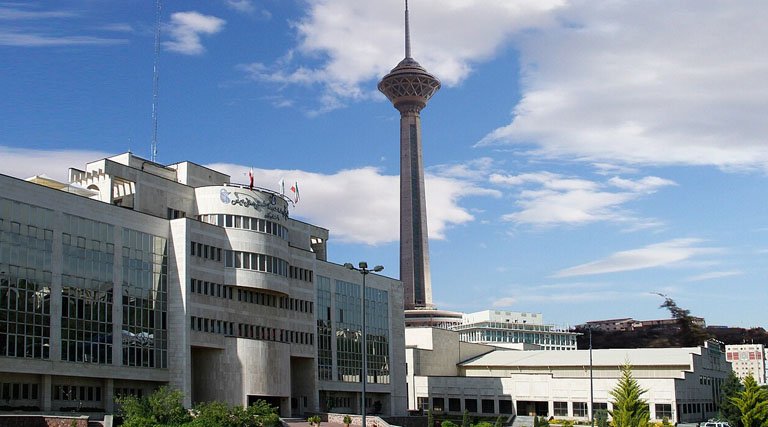Golestan University of Medical Sciences
Golestan University of Medical Sciences
Golestan University of Medical Sciences has been training since 1967.
In 2013, the university organized an autonomous campus with the name of Pardis to attract students from other countries.
The Pardis University of Medical Sciences in Golestan Province offers students various doctoral programs such as nursing, medicine, dentistry, etc.
The goals of this university are: to create appropriate research facilities, so that students may discover the unknown and better themselves in terms of scientific capacity, training, and efficient manpower; improving the professional performance of graduate students; and promoting the status of the university as a leading organization at the regional and global level.
This university has been successful, due to the presence of experienced professors who have achieved a great deal of respect in science-related fields. Appropriate training, equipment and facilities, as well as low costs, distinguish this university from other universities of the middle-east.
We propose to all those, who wish to study in another country to consider Golestan University of Medical Sciences as their first choice.
The following are the requirements for admission to the Siberian State Medical University in Russia for MBBS students:
1. A minimum of 50% in the combined Physics, Chemistry, and Biology classes in Class 12;
2. A minimum of 17 years old on December 31 of the year of admission;
3. A qualifying NEET score (40th percentile for the unreserved category and 50th percentile for the general/EWS category).
| Academic Year | Year 1 | Year 2 | Year 3 | Year 4 | Year 5 | Year 6 |
|---|---|---|---|---|---|---|
| Tuition Fee (approx.) | 3300 USD with hostel | 3300 USD with hostel | 3300 USD with hostel | 3300 USD with hostel | 3300 USD with hostel | 3300 USD with hostel |
1. Accommodation: The university likely provides on-campus accommodation options, including hostels or dormitories for international students.
2. Amenities: Basic amenities such as furnished rooms, common areas, kitchens, and laundry facilities are typically available.
3. Security: Hostel security is a priority, ensuring a safe living environment for students.
4. International Student Support: The university may have dedicated services to assist international students with hostel-related matters, including cultural adaptation and problem resolution.
University Facilities:
1. Classrooms and Laboratories: Modern classrooms and well-equipped laboratories are essential for a comprehensive medical education.
2. Library: A well-stocked library with access to medical journals, textbooks, and online resources is crucial for academic success.
3. Medical Facilities: Proximity to or inclusion of medical facilities on campus can enhance practical learning experiences.
4. Recreational Areas: Spaces for recreation, sports, and cultural activities contribute to a well-rounded student experience.
5. Cafeteria/Dining Facilities: On-campus dining options or cafeterias provide convenient meal choices for students.
6. Internet Connectivity: Reliable internet access is vital for academic research and staying connected.
7. Fitness Facilities: Access to fitness centers or sports facilities promotes a healthy lifestyle for students.
8. Student Support Services: Counseling, career guidance, and academic support services contribute to a positive learning environment.

